Wedged between a number of larger neighbouring countries, Laos is often overlooked in favour of tourism giants such as Thailand and Vietnam. But these travellers are missing out on an extraordinarily scenic and culturally rich destination. Laos boasts a reputation as the least visited, least Westernised, and most untouched of all Indochinese nations. Only time will tell how long this will last, but while it does, visitors who choose to explore this nation’s remote areas will be richly rewarded. Laos’ primary drawcard is undoubtedly the mighty Mekong River which traverses the length of the country and is considered the second most biodiverse river in the world. In the north, the landscape is characterised by little-explored jungle-clad mountainous areas where visitors can witness the intriguing cultures of the various hill tribes that populate this region. Travellers on the hunt for cultural interest should head for the bustling capital of Vientiane, with its innumerable temples and Buddhist monuments. It is this variety of exotic wildlife, remote wilderness and remarkable cultural treasures that make Laos a truly unique and unforgettable holiday destination.
A charming town with elegant historical architecture and a distinctly French flavour, Luang Prabang in northern Laos is filled with interesting museums, bustling markets and traditional shops. 33 Buddhist temples dot the city.; the Haw Kham Royal Palace Museum and Wat Xieng Thong temple give travellers some background on and history of the Laotian people. Beyond the city, breathtaking nature and ancient sites await. Those who visit the Pak Ou Caves can see hundreds of Buddha statues accumulated there through the ages. The 180-foot Kuang Si Waterfalls, an hour’s drive out of the city, is one of the region’s natural highlights, with its layer upon cascading layer of turquoise pools and torrents.
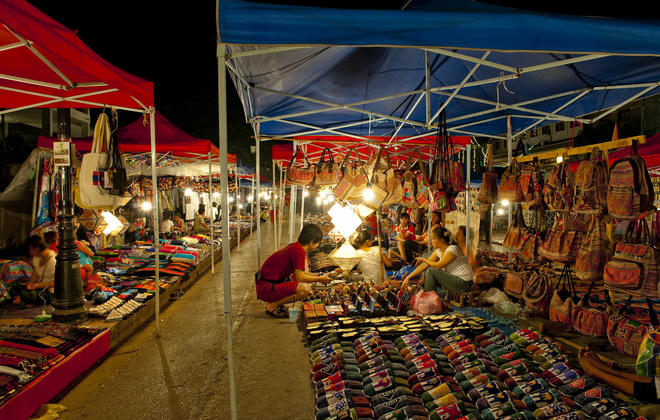




Phonsavan serves as the gateway to one of Laos’s most mysterious and compelling archaeological wonders: the Plain of Jars. Spread across hundreds of square kilometres of rolling hills, this vast landscape is dotted with thousands of ancient stone jars—some towering up to three metres high—believed to be at least 1,500 years old. Their true purpose remains an enigma: scholars have suggested funerary urns or burial chambers, while local folklore imagines them as places where lovers sealed their union. The town of Phonsavan itself carries an old-world atmosphere, shaped largely by architecture built in the mid-1970s following the end of the Vietnam War. A visit to the area’s two UXO information centres provides a thought-provoking and sobering glimpse into the region’s wartime history, adding depth and context to a stay in this quietly intriguing corner of Laos.

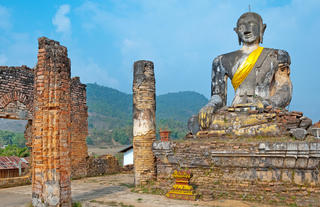
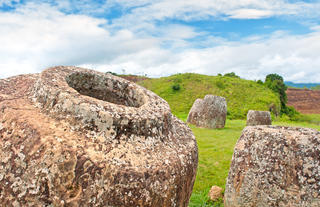
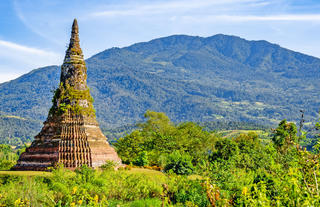
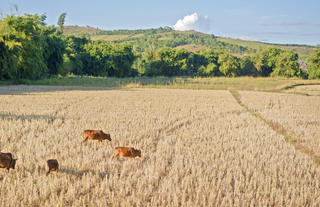
Remote and peaceful, Xam Neua is the capital of Laos’ northeastern Hua Phan Province, set in a verdant valley surrounded by emerald green rice paddies and mountainous rainforests. It is rarely visited by travellers and, as such, has retained its cultural authenticity and old-world ambience. It is famous for its exquisitely crafted fabrics, as well as its pivotal history: The area was a stronghold of communist Pathet Lao forces during the Second Indochina War, from the mid-1960s to mid-1970s. Among the most prominent area attractions are the Vieng Xai caves, which served as a refuge for some 20 000 Pathet Lao officers, soldiers and supporters during this time. There’s also a lovely waterfall off the road between Xam Neua and Vieng Xai, and the mysterious Hintang archeological site, where collections of spindly vertical stone pillars reaching up to 3m high are interspersed with ancient burial sites, forming a kind of Asian Stonehenge.





Vietnam is a land of breathtaking contrasts and sensory delights. It is a country that features everything from exotic culinary delights to breathtaking scenery. Seemingly endless, tranquil rice paddies stand in stark contrast to bustling cities such as Ho Chi Minh City and Hanoi which embrace all the technology and conveniences that the modern world has to offer. The well-preserved colonial buildings of Hoi An play host to a slew of charming boutiques and tempting cafes while, further north, the local hill-tribe people of Sapa sell a wide variety of exquisite crafts and handmade trinkets. Beyond the urban areas, this diverse country is characterised by vast, verdant jungles and lush mountainous regions as well as an enticing coastline peppered with golden sand, palm-lined beaches.
Mai Chau, an enchanting rural district nestled in a serene valley of northern Vietnam, is celebrated for its stunning pastoral landscapes, traditional villages, and excellent hiking and cycling opportunities. The district’s central town serves as a gateway to the surrounding villages, renowned for their stilt houses with palm leaf roofs, bamboo-slat floors, and intricately patterned windows. For a truly immersive experience, visitors can stay overnight in one of these traditional homes, gaining insight into local customs, daily life, and the warm hospitality of the Thai and Muong ethnic communities.





Situated just an hour outside Hanoi, Ky Son rests in an idyllic rural setting. This picturesque hamlet is part of the historic Duong Lam Village, home to a collection of ancient traditional houses, some over 200 years old. Surrounded by farmlands and lush paddy fields, this is the perfect setting to enjoy a leisurely cycle or hop on a fascinating tea-harvesting tour. Visitors who venture to Ky Son can enjoy a truly authentic Vietnamese cultural experience, from the local food and scenic landscapes to the heritage buildings that line the streets. The undeniable highlight of this village is the Moon Garden Homestay, a unique establishment that preserves the architecture and culture of traditional Vietnamese villages, where visitors can enjoy traditional rural activities, including learning how to cook Vietnamese food.
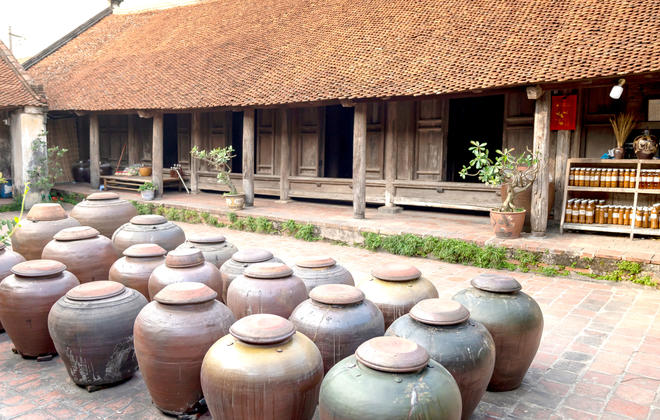
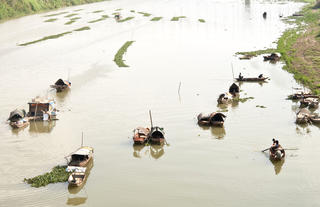
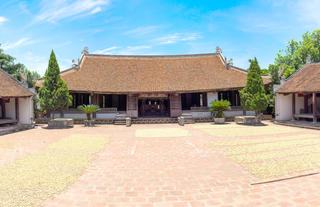
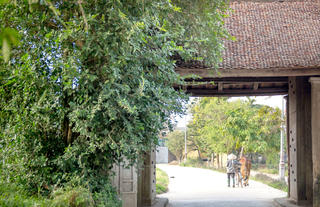
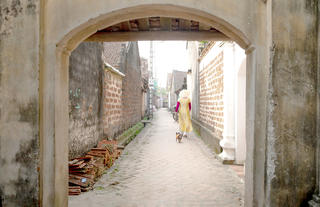
Hanoi, Vietnam’s captivating capital, is a city of contrasts where centuries-old traditions coexist with vibrant urban energy. Its wide boulevards, tree-lined lakes, and ancient pagodas are infused with the elegant legacy of French colonial architecture, creating a uniquely atmospheric backdrop. Visitors can witness synchronized t’ai chi at the serene Hoan Kiem Lake, meander through the bustling Old Quarter with its maze of narrow streets, lively traders, and weaving scooters, or enjoy the whimsical art of water puppetry at the Thang Long Puppet Theatre. Highlights also include the UNESCO-listed Imperial Citadel of Thang Long, the tranquil Perfume Pagoda temple complex, and the stately Hanoi Opera House in the French Quarter. Beyond its historic sites, Hanoi pulses with cafés, markets, and street-side eateries, offering an authentic taste of Vietnam’s culture, cuisine, and daily life—making it a city that charms at every turn.











